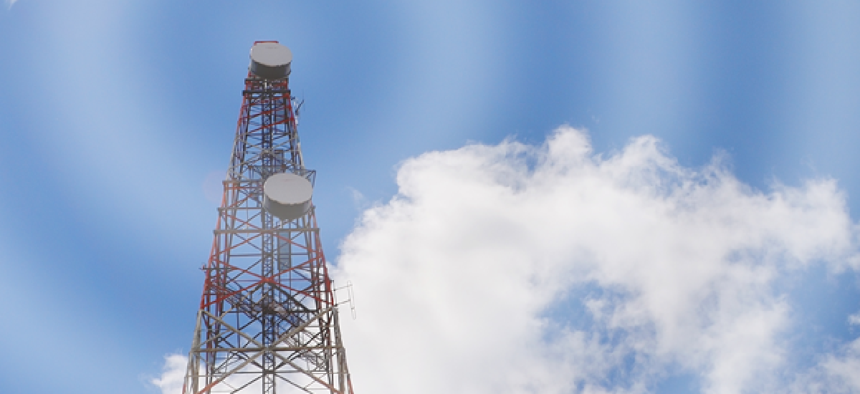Enhancing GPS with ‘signals of opportunity’


Connecting state and local government leaders
Wi-Fi, cellular LTE and digital television signals can -- with a lot of technical magic -- be retasked to track locations.
There’s no denying the benefits of GPS for finding the nearest Denny’s off the interstate. Unfortunately, the technology has some serious shortcomings when it’s used for more challenging navigation, such as guiding a drone or keeping self-driving cars from running into one another.
There are two main problems: GPS signals aren’t always available, and they aren’t very accurate when it comes to vertical locations. The latter shortcoming is a matter of particular concern with unmanned aerial vehicles.
Fortunately, the air is full of other radio signals -- Wi-Fi, cellular and digital television transmissions -- that, with sufficient technical magic, can be retasked to track locations. That’s just what Zak Kassas, assistant professor of electrical and computer engineering at the University of California at Riverside, is working to accomplish.
“We are using ‘signals of opportunity’ that are not intended for location determination,” Kassas said. These SOPs coming from cellular base stations, for example, “do not tell you where you are, nor necessarily where they are coming from. So we are exploiting them, if you will, to determine our location.”
Kassas and his team at the university’s Autonomous Systems Perception, Intelligence, and Navigation Laboratory began by modeling the existing signals to understand their protocols and what they transmit. “It's a very complicated process because the tower doesn't tell us necessary information in a straightforward fashion, as is the case with GPS signals,” which carry time stamps or indicators of their location, Kassas said.
Once the researchers were able to extract information from the signals that could help with location and navigation, they built a receiver to capture selected signals transmitted from the tower and process them to determine a drone’s time of flight.
“Our receivers track the signals of opportunity,” Kassas said, and turn them into terrestrial GPS-like transmitters, extracting the time of flight and other useful information. “We also estimate the tower locations and their clock errors simultaneously with the receiver's location and clock errors,” he added.
That information is then plugged into an integrated inertial navigation system. “We basically close the loop with these signals rather than closing the loop with GPS,” Kassas said.
Not all signals are created equal, Kassas added. “Depending on which signal you exploit, you can get better or worse positioning performance,” he said. “LTE has very large bandwidth that enables us to estimate the time of arrival precisely. Generally speaking, the larger the bandwidth of the signal, the better of the job you do in determining the time of arrival.”
Kassas’ team is currently testing with software-defined receivers. But once the technology matures, it can be easily optimized on silicon for use in hardware that can be installed in vehicles.
Kassas said a system that uses SOP for navigation offers several advantages over a GPS-only solution. First, GPS signals are not always available, such as in deep urban canyons or inside some structures. They can be affected by weather in space and can easily be jammed, either intentionally or unintentionally. An SOP navigation device offers redundancy to fill in when a GPS signal is not available.
Another advantage is cost savings. Other navigation systems under development for self-driving cars and drones rely on relatively expensive sensors to supplement GPS and to avoid collisions. With a system based on using existing signals, “you don't have to install expensive sensors,” Kassas said. “If GPS goes down, you can use those signals as if you have GPS.”
The result is a more redundant system. “When GPS is there it will give you better accuracy and cost savings,” Kassas said. “When GPS is not there, the UAV is not going to come crashing down.”




